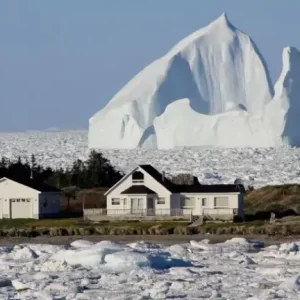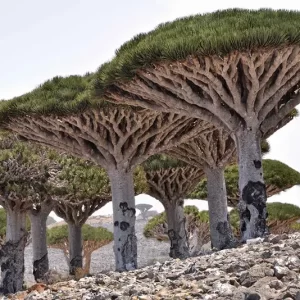You might be amazed by the stillness of Pitcairn Island and the quiet life led by its approximately 50 residents.

A Hidden Gem in the South Pacific
Located in the heart of the South Pacific, the tiny Pitcairn archipelago is comprised of four islands: Pitcairn, Henderson, Ducie, and Oeno. Among them, only Pitcairn Island is inhabited. Since 1838, the archipelago has been a British Overseas Territory and remains the last British colony in the Pacific.

With a population of only about 50 residents from nine families, Pitcairn Island is the least populated jurisdiction in the world. Its inhabitants are descendants of the British sailors who originally discovered this “tropical paradise.” These settlers were famously linked to the mutiny on the HMS Bounty.
The Legacy of the HMS Bounty
Records show that the three-masted HMS Bounty set sail in 1787, commanded by Captain William Bligh and a crew of 44. Their mission was to transport breadfruit plants from Tahiti to the West Indies.

However, on April 18, 1789, a mutiny occurred during their return voyage. Discontent with harsh naval discipline, some crew members rebelled. Captain Bligh and 18 loyalists were cast adrift in a small boat with limited provisions. Remarkably, Bligh survived 42 days at sea and reached Timor.
Meanwhile, the mutineers fled to Tahiti before eventually settling on Pitcairn Island, where they burned the Bounty to avoid detection. They built a small community on the island, but internal conflict led to violence, leaving only a few survivors who became the ancestors of the island’s current population.

Life on Pitcairn Island
Today, Pitcairn is a peaceful haven for those seeking solitude. According to Scottish explorer Tony Probst, it is one of the most beautiful and tranquil retreats in the world. Surrounded by rocky terrain, the island’s small and friendly population creates a tight-knit community.
However, the island’s isolation and rocky landscape present challenges. Tourism is the main source of income, but visitors must endure a lengthy 10-day sea journey from New Zealand. Alternatively, tourists can travel to Tahiti or the Gambier Islands before taking a boat to Pitcairn, which requires traveling hundreds of kilometers by sea.


Modern Conveniences on an Isolated Island
Despite its remoteness, Pitcairn residents enjoy basic amenities such as electricity, fresh water, and internet, though at higher costs than on the mainland. Nine households on the island are powered by generators, and residents support one another in their small community.
According to Probst, the island’s oldest resident is 87-year-old Irma, while its youngest is just three years old. Children receive primary education on the island but are sent to New Zealand for secondary schooling.



Sustaining Life on Pitcairn
Fishing is the primary source of food for most residents, though some abstain due to religious beliefs. Quarterly supply ships from New Zealand bring essential goods, including clothing and groceries. In addition to tourism, the residents produce honey as their sole export product, providing a modest income.


Despite their limited resources, Pitcairn’s residents remain content, cherishing their simple and secluded way of life. The island is a testament to resilience, community spirit, and the allure of living in harmony with nature.






